Ceiling fresco inside the Daniel Pantonassa Church, located in Ihlara Valley.
Frescoes found in Saint John's Church in Gülşehir, dated to 1212 according to an inscription.
In 314 AD, Cappadocia stood as the largest province of the Roman Empire, forming part of the Diocese of Pontus. The region faced severe famine in 368, famously described by Gregory of Nazianzus as the worst in memory:
"The city was in dire straits with no relief in sight [...] The most challenging aspect of such distress is the indifference and greed of those who control the supplies [...] These were the grain merchants [...] By his counsel, Basil unlocked the storehouses of the wealthy, distributing food to the hungry and satisfying the poor with bread [...] Gathering the famine-stricken, he procured various foodstuffs to alleviate their suffering, serving them bowls of soup and preserved meats available [...] Thus, Basil became a provider of grain, akin to a second Joseph [...] Unlike Joseph, Basil's efforts were free of charge; his aim was solely to foster goodwill and receive heavenly blessings."
Similar sentiments were echoed by Gregory of Nyssa, noting that Basil "generously distributed his patrimony to the poor even before he was ordained, especially during the famine when he led the Church, still a presbyter."
By 371, the western part of Cappadocia was divided into Cappadocia Prima with its capital at Caesarea (modern-day Kayseri), and Cappadocia Secunda with Tyana as its capital. By 386, the eastern region of Caesarea fell under Armenia Secunda, while the northeast was incorporated into Armenia Prima. Cappadocia was primarily composed of large estates owned by Roman emperors or affluent local families. During the late 4th century, the Cappadocian provinces gained significance due to Roman conflicts with the Sasanian Empire over Mesopotamia and Armenia.
The Cappadocian Fathers of the 4th century played a pivotal role in early Christian philosophy. Notably, John of Cappadocia, Patriarch of Constantinople from 517 to 520, emerged from this era. Throughout the Byzantine period, Cappadocia remained relatively undisturbed by conflicts with the Sassanids but became a crucial frontier against Muslim conquests. From the 7th century onwards, Cappadocia was divided between the Anatolic and Armeniac themes, later encompassing the themes of Charsianon and Cappadocia in the 9th to 11th centuries.
Frescoes inside Tokali Kilise, known as the "Church of the Buckle".
Cappadocia shared an evolving relationship with neighboring Armenia, then a region within the Empire. Arab historian Abu Al Faraj noted the significant presence of Armenians in Sebasteia (now Siwas) during the 10th century:
"The Armenians were settled in the Sebaste district of Cappadocia. Their numbers grew to the extent that they became valuable auxiliaries in the imperial armies, garrisoning reconquered fortresses from the Arabs. They proved to be formidable infantry in Basileus' armies, consistently fighting alongside the Romans with courage and success."
Byzantine military campaigns and the Seljuk invasion of Armenia facilitated the spread of Armenians into Cappadocia, northern Syria, and Mesopotamia from Cilicia. The Armenian Kingdom of Cilicia emerged as local imperial authority waned and Crusader States were established following the Fourth Crusade. To Crusaders, Cappadocia became known as terra Hermeniorum, the land of Armenians, due to the significant Armenian settlement there.
Cappadocia boasts several underground cities, such as Kaymaklı Underground City, initially excavated by Christians for protection during periods of persecution. These cities feature elaborate defense networks, including innovative traps throughout their multi-level structures.







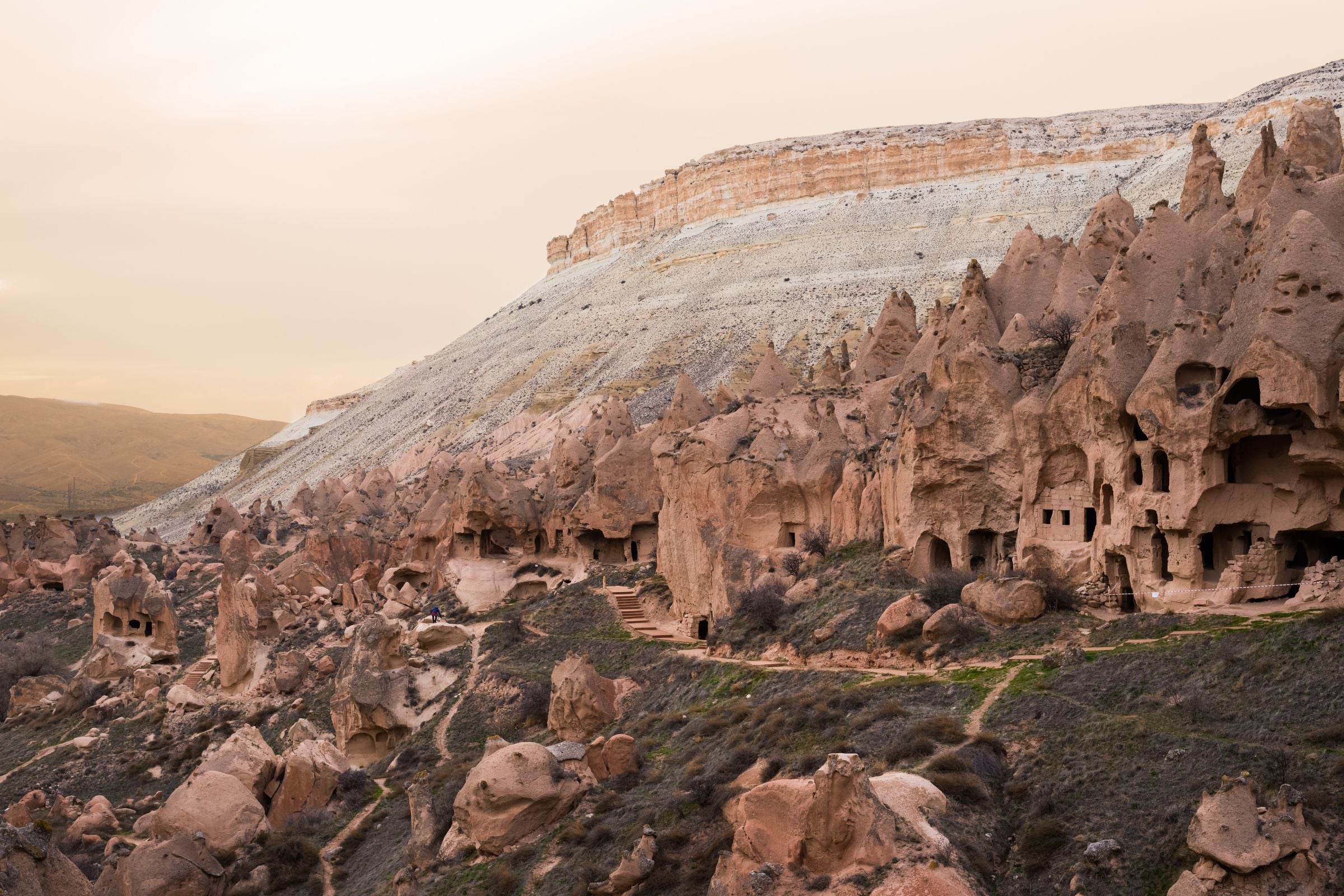
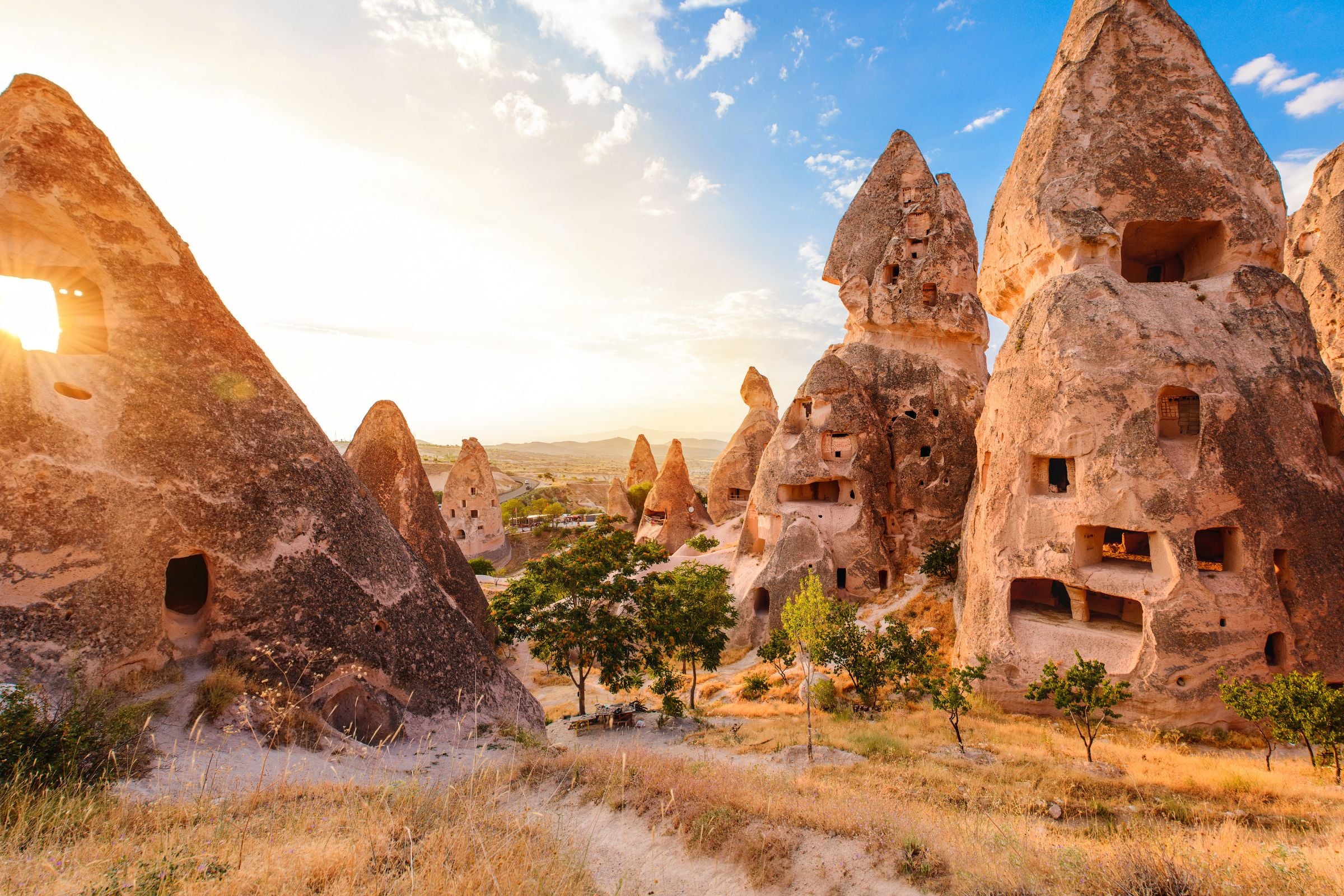
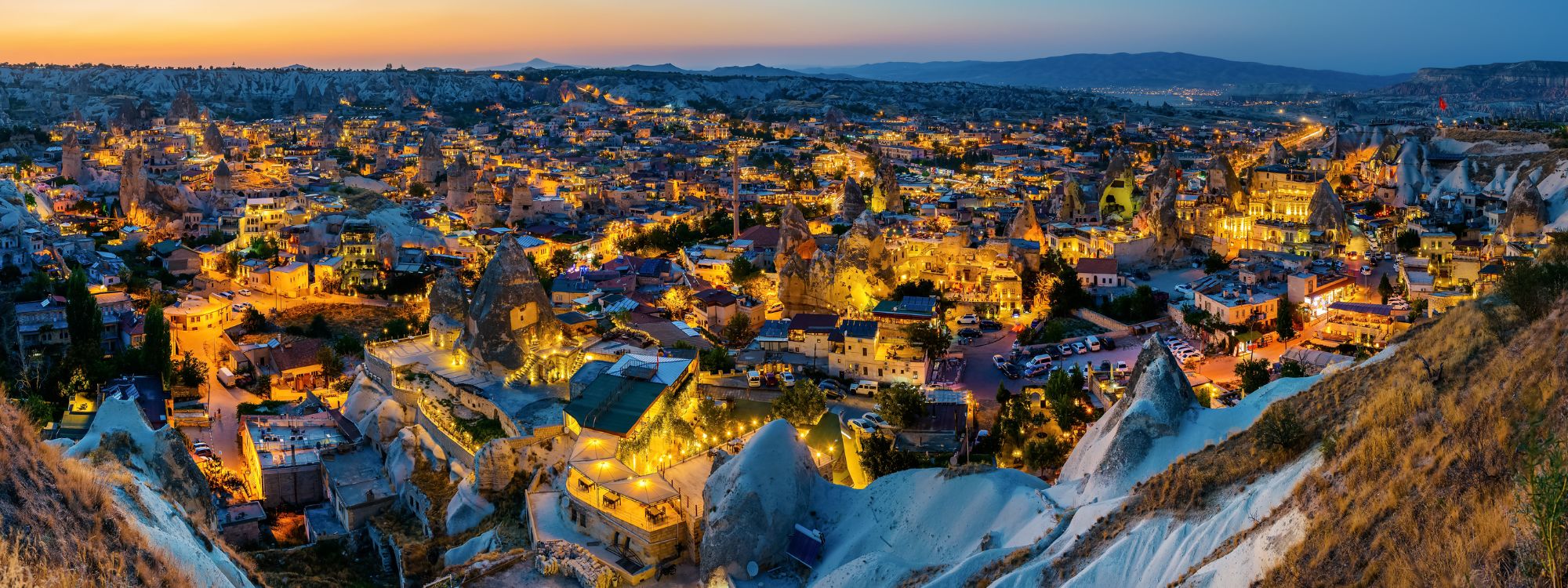

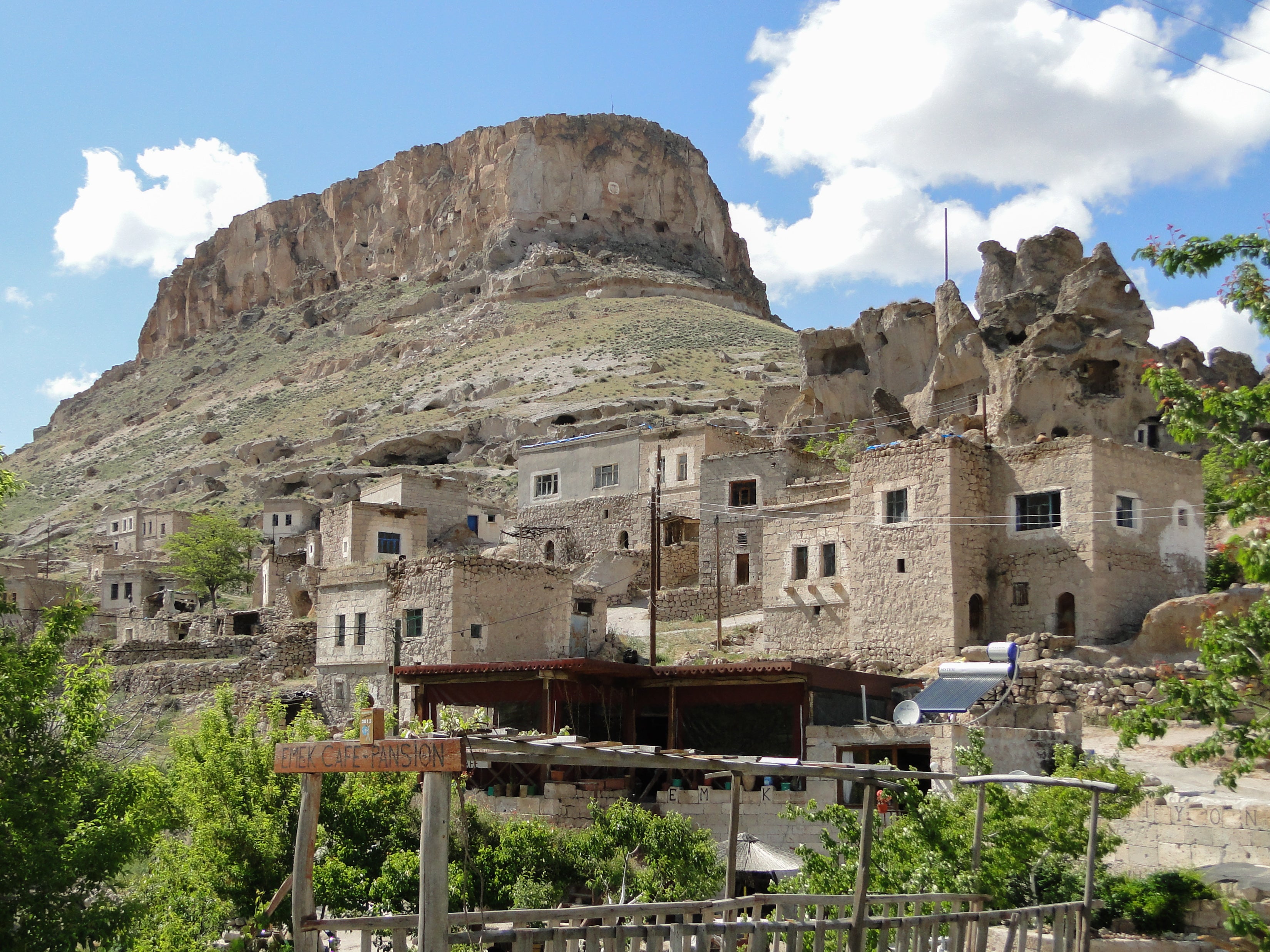
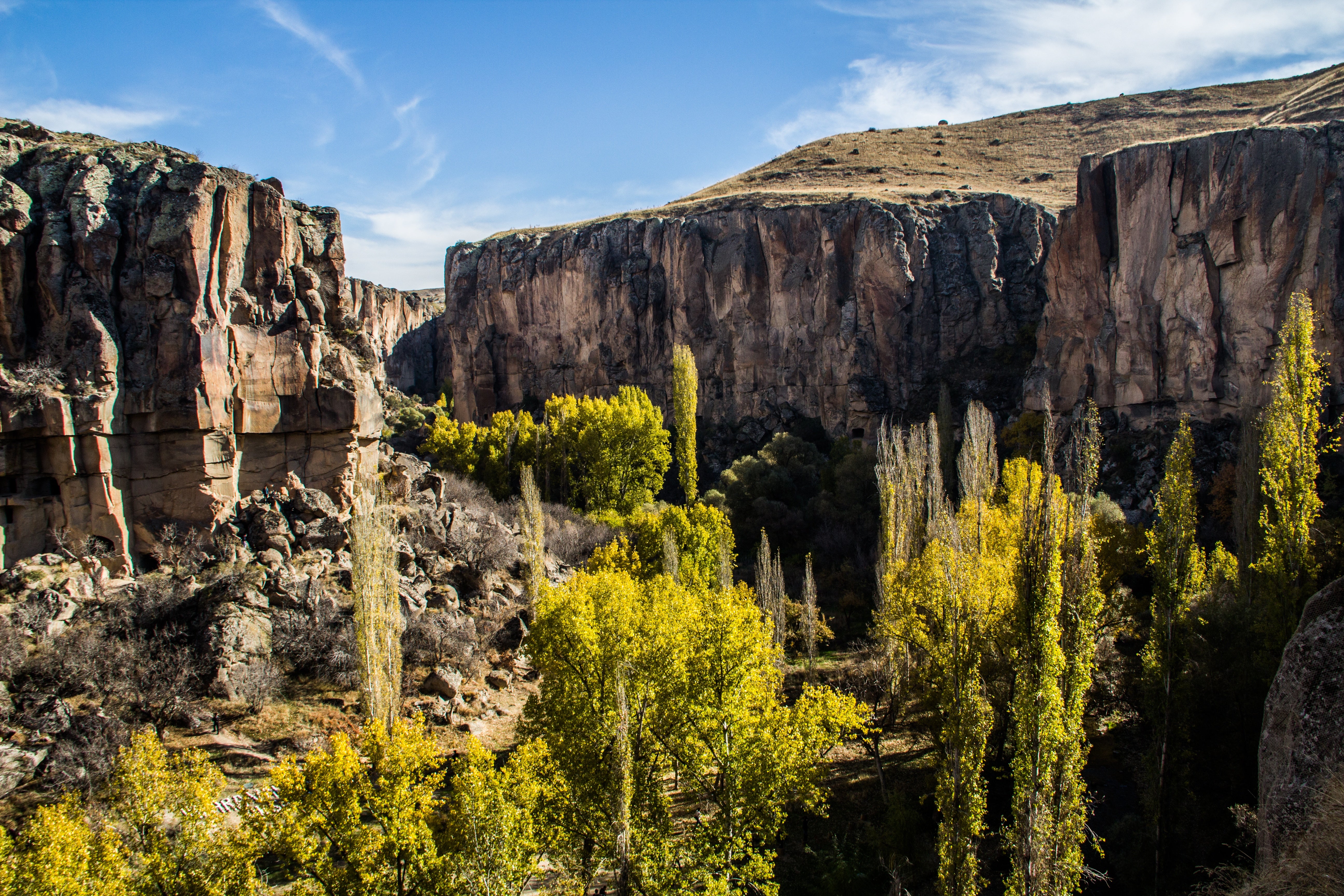


Share:
About Soganli Valley
Kingdom of Cappadocia